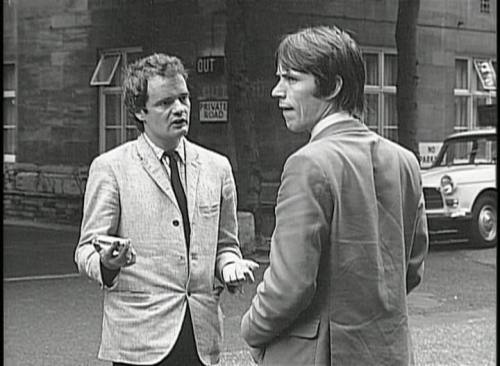Nico in London, 1971
I’ve spent a lot of time in Berlin over the past year, and every time I walk past the giant KaDeWe department store on the Ku’damm, I think of Nico. It’s where in 1953 she hung around one of the entrances, a beautiful blonde 15-year-old hoping to be spotted by someone from the fashion department. She got lucky, and from there her career took her to Paris, Rome, London (making a single for Andrew Loog Oldham’s new Immediate label in 1965), and New York, where she joined Andy Warhol’s troupe of “superstars”.
She returned to London in March 1970, her hair now the dark red favoured by her former lover, Jim Morrison. I arranged to meet her for an interview one Monday afternoon at her hotel, the Princess Lodge, off Kensington High Street. We went to a pub on Church Street, opposite Biba. She talked about going off to Ibiza, perhaps permanently (she would die there 18 years later). At some point during our conversation, a middle-aged man in a tweed suit came and sat down quite close to us. She didn’t seem to have met him before but soon she was saying goodbye and the two of them were leaving the pub together and disappearing down the street. I never quite worked that one out.
She was, of course, a marvellous enigma. Or not so marvellous, if you didn’t like the noise she made when she fired up her portable Indian harmonium and emitted that stentorian contralto, a voice like a church organ pipe. I loved it.
She made two appearances at the Roundhouse that month, and then vanished. A year later she was back, and a lot more people wanted to interview her. We were on the brink of the belated embrace of the Velvet Underground and all their works. So on February 2, 1971 she was in a BBC studio to record a session for John Peel.
This month the four songs she taped that day are released on a 12-inch 45rpm EP by Gearbox Records, the vinyl-only label based in King’s Cross, under the title Nico 1971: The BBC Session. The songs are “No One Is There” and “Frozen Warnings” (from The Marble Index), “Janitor of Lunacy” (from Desertshore) and “Secret Side”, which would be recorded three years later for The End, her Island album.
What these recordings allow us to appreciate is the strength of her performance. Her voice was always consistent in its accuracy and confidence; what also strikes one here is the strength of her playing of the small pump-organ. She was a very late starter in music: her soul-mate Morrison taught her how to write a lyric, and she bought the harmonium from a hippie in San Francisco in 1967.
According to her biographer Richard Witts (Nico: The Life and Lies of an Icon, Virgin Books, 1993), Ornette Coleman told her that the normal way to approach a keyboard was to play the chords with the left hand in the lower register and the melody higher up with the right hand. He suggested that she might try reversing the process — which she did, with striking results.
Witts also reports Viva, another Warhol superstar, remembering that Nico practised the instrument incessantly: “She had this fucking harmonium… she would practise it for hours, simple things, chords — really annoying stuff — for hours on end. She was very serious about it, dreadfully serious, like a Nazi organist. She’d pull the curtains across and light candles around her and do this funereal singing all day long. It was like I was living in a funeral parlour.”
Whatever torture her housemates endured, it turned out to be a perfect combination, enabling Nico to perform in more or less any environment, with or without accompanying musicians, for the rest of her career. John Cale did a wonderful job of adding startlingly original arrangements to The Marble Index, Desertshore and The End, but it’s interesting to be reminded by these four tracks — broadcast on Peel’s Top Gear on Saturday, February 20, 1971 — of how she could manage perfectly well without that armature.
* The signature is from a letter Nico wrote me in 1974, shortly before the release of The End, asking — too late, alas — for certain minor modifications to the artwork, including a request to make the title look more like that on the sleeve of the Doors’ albums.









